Get This Essential Guide To Creating A Garden That Can Sustain You And Your Family In Good Times and Bad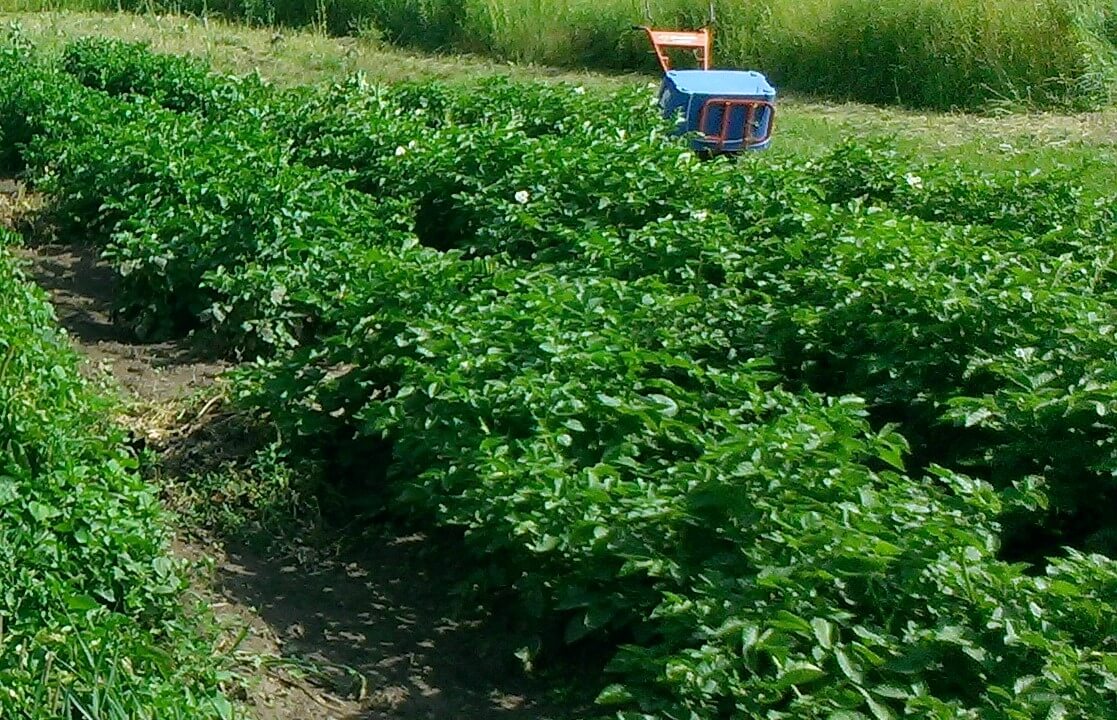 I've got a year's worth of potatoes in these beds, plus enough to replant I've got a year's worth of potatoes in these beds, plus enough to replantIn today's uncertain world, having access to fresh, healthy food is more important than ever. With the techniques and strategies outlined in this book, you'll be able to create a thriving garden that can provide for you and your loved ones, no matter what challenges you may face. If you're not sure how you would feed yourself and your family in a protracted emergency... If you believe a secure food supply is fundamental to any survival plan... If you have about a dozen garden books, but no garden... ...then you would probably appreciate a guide that puts a REAL Survival Garden within your reach starting right NOW! If it all hits the fan, Job #1 is to feed yourself and your family. If you are able to grow a significant portion of your own food, you are that much more likely to survive and thrive. Fortunately, growing a real food garden doesn't have to be complicated. Provided you know the right steps to make it happen. What if you spend time and money and it doesn't work? You can avoid that risk by following a step-by-step plan to grow a garden that will feed you in times of uncertainty. The best time to learn how to grow a lot of food is 'before you have to'. You can be ready to grow your survival garden in just a couple days. Storing Food is Necessary but not Sufficient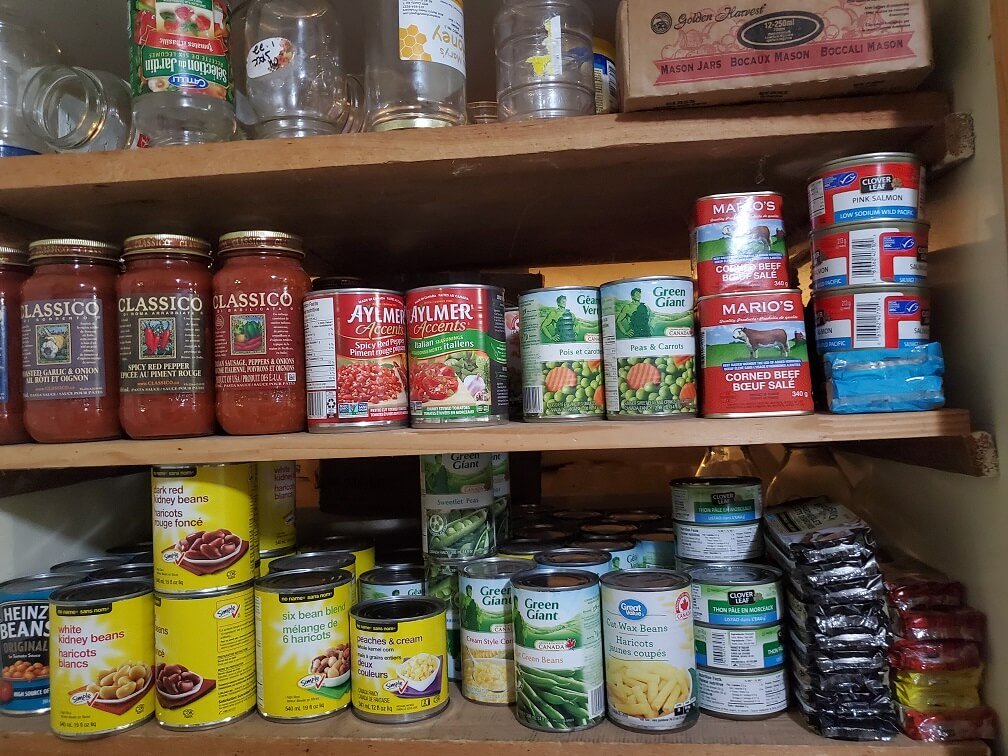 I've got three storage pantries plus a cold room, but for long-term survival you have GOT TO GROW YOUR OWN FOOD I've got three storage pantries plus a cold room, but for long-term survival you have GOT TO GROW YOUR OWN FOODWhen you are growing food because you have to, the focus is on calories. I average 80-100 pounds of potatoes from a 50-foot row. At 400 calories per pound, one row would provide 1000 calories a day for more than 40 days! 9 rows like this would provide 1000 calories a day for a year. Note: 'kale' does not appear in my Bootstrap Survival Garden. I wish I knew THIS when I started gardening for REALOK look; I am NOT a born gardener. I'm a computer programmer by training. My dad was an electronics technician. I did not grow up around gardening. I was married, had a couple kids, a good job, and was generally a busy guy. I didn't see the need to take on a garden. But then something unforeseen happened. You might be old enough to remember a little thing called Y2K. A Lesson From Y2K...
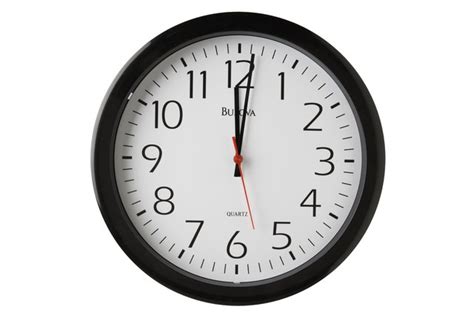 Oh noes! We all gonna die! Oh noes! We all gonna die!So you probably remember the premise of Y2K; the world is going to end because algorithms that run computers all over the world won't be able to handle date functions shortly after the clock strikes midnight on December 31, 1999. Since I was a computer guy and a business process guy, I got hired by a number of federal departments to create business continuity plans to keep government operations running if the compost actually hit the fan. Sadly, I found most departments had not a clue how to respond to a real widespread emergency Right about then I decided I would not depend on the 'gummint' to feed me and mine. So in June 2000 I took some of the money I made 'fixing' Y2K, and bought New Terra Farm. And then I started learning how to feed myself and my family if worst came to worst.  Yeah, I learned how to grow stuff Yeah, I learned how to grow stuffGet Practical Plans and Guidance from an Award-Winning Farm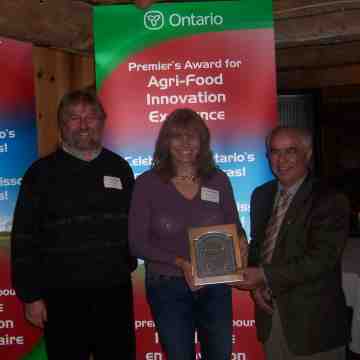 Suzie grabbed the plaque. I grabbed the cheque! Suzie grabbed the plaque. I grabbed the cheque!Away back in 2006 Agriculture Canada ran a contest looking for innovative farmers building successful businesses on their property. We wrote up our model for small farm marketing and operations and lo and behold we won! Nice plaque and a nicer $5000 cheque, helped pay for the new farm truck. There were 255 farms in the contest by the way. That was the motivation to write our first book Bootstrap Market Gardening to share what we have learned. More Bootstrap Books followed. I don't tell you this to brag but to show that the systems we have figured out have practical value in the real world. This isn’t theory. It’s no-fluff instruction based on years of trial, success, and real income from our farm. Whether you’re just dreaming or already digging, my Bootstrap Books will give you clarity, confidence, and a concrete path forward. Why You Need a 'Bootstrap Survival Garden'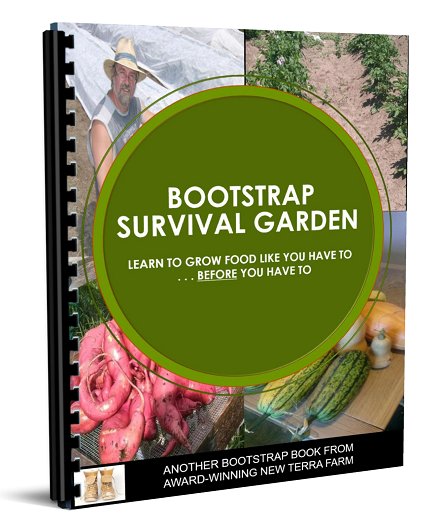 This book mirrors 20+ years of our gardening experience to bring you a REAL PLAN to grow your own Survival Garden This book mirrors 20+ years of our gardening experience to bring you a REAL PLAN to grow your own Survival GardenFrom page 12 of Bootstrap Survival Garden:
"What do you need to know to grow a productive garden"? WHAT. What are the best vegetables to grow for maximum payback for my time and money? See the Core 4 and Great 8. And what tools and techniques do I use to make that happen? See Tools and Techniques
WHERE. Where do I place my garden in my yard to get optimum growing conditions? Or if optimum conditions don’t exist, how do I create them? See Site and Soil WHEN. When do I start seeds and when can I plant outdoors? See Seed Starting Schedule HOW. How do I start seeds, and transplant them, and care for and protect my plants? See Seed Starting in Chapter III. Plus:
And: All about the Gardener's WWF - Weeding, Watering and Feeding to produce a bountiful harvest. In short, this book is packed full of extensive practical information on crop choices, tools to use, and growing, harvesting and preserving food and seeds to create your own survival garden. It's the book I wish I had way back in June 2000 when Suzie and I started this adventure. My 10X Guarantee I wrote every Bootstrap Book to deliver real, practical, valuable information you can put to work right away. I priced these books so just about anyone can afford. them. That's not because I don't believe they are valuable. I've seen similar books sell for $17 or $27 or even more. In fact, I believe in the value of these books so much that If you aren't convinced this book gave you at least 10 times the value of what you paid - whether in saved time, earned income, or avoided mistakes - just let me know. I'll give you your money back. I stand behind every word in this series, because I’ve used these systems myself - and I know they work! Growing + Storing is The KeyFood
is fundamental to any survival plan. I'm sure we agree on that.
But is a survival garden necessary? Can't we just store up food to get through a crisis? Storing food is an excellent idea! New Terra Farm has cold storage for onions, potatoes, carrots, beets and garlic, warmer storage areas for sweet potatoes and winter squash, and about 200 jars of preserves in our pantry, plus 4 freezers full of beef, chicken, turkey and pork. We also have a bunch of 'survival buckets' stashed away. But being able to produce your own food is critical to long-term survival. 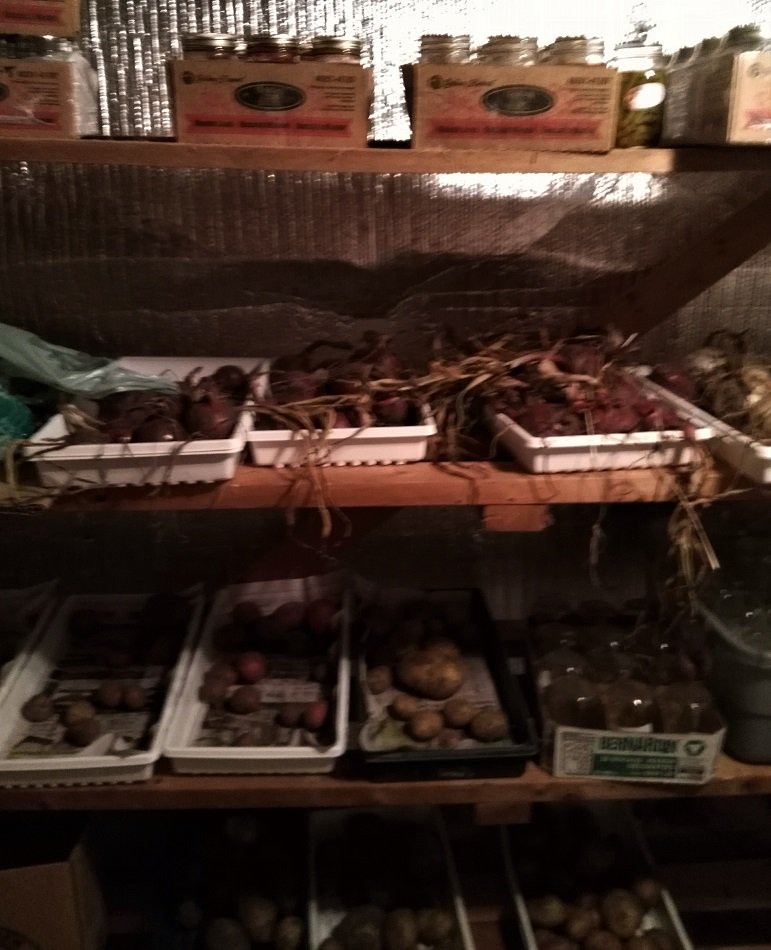 My Fall and winter stores. But you gotta grow it before you stow it! My Fall and winter stores. But you gotta grow it before you stow it!Food Security Starts With a REAL Food Garden Bootstrap Survival Garden and bonus Plan Book. Only from New Terra Farm Bootstrap Survival Garden and bonus Plan Book. Only from New Terra FarmSuzie and I learned how to feed ourselves one step at a time. We started with growing a substantial portion of our own food in our garden. We wanted to learn how to grow a lot of calories, and provide robust nutrition, in a sustainable and efficient manner. We put the lessons we learned into Bootstrap Survival Garden. Get it plus my bonus 'Survival Garden Plan' book You might not think you have enough land for a substantial, practical garden. I got you covered! I'm including my Survival Garden Plan Book with layouts and plans for gardens from 1,000 to 5,000 square feet. Even a modest back yard (or rented plot) can accommodate one of my plans.  I've included 10 garden layouts in different sizes to accommodate your space and your preferences. They include crop choices, bed layout and suggestions for crop rotation to maintain soil fertility and keep the harvest coming year after year. This is farm-tested, real-world practical information that you can take and start planning your next season's Survival Garden right away. I'll show you how to grow 12 important staple cropsGrow 12 important staple food crops and use crop rotation (explained in the book) to keep the garden producing. Even if you have a limited area (this design fits into as little as 1,000 square feet) this is a good flexible plan to produce a LOT of food, season after season. I'll Show You How to Apply Advanced Gardening Techniques (with easy to understand - and COPY - examples)
Learn what the pro's do to ensure a successful crop. If you have always wanted to 'upgrade' your gardening knowledge, here's a chance to learn about:
'Advanced' doesn't mean 'complicated'; we explain each of these work-saving, crop-saving techniques so they are easy to apply to your own survival garden. 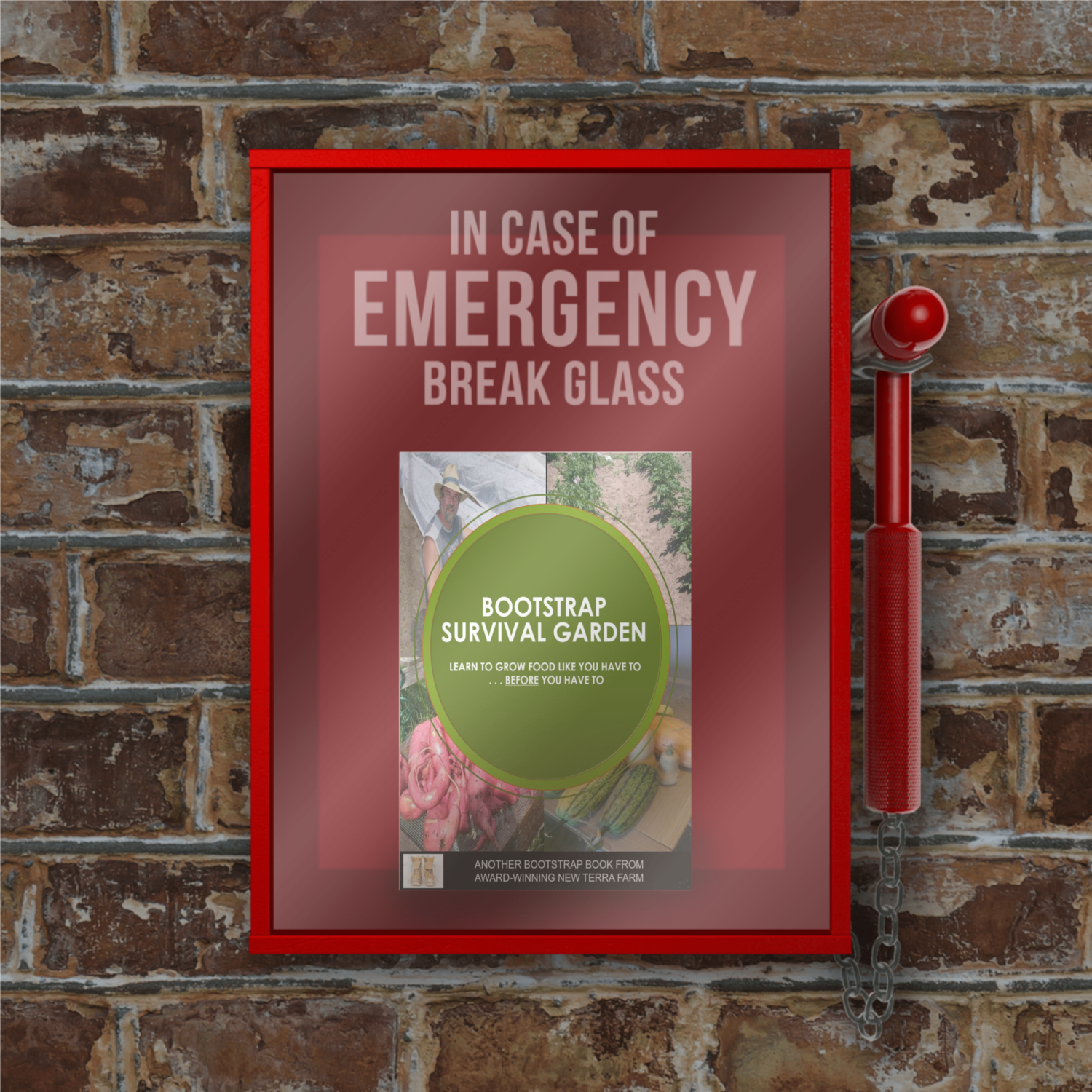 But don't wait for the emergency, learn how NOW! But don't wait for the emergency, learn how NOW!OK, You Might be Wondering WHY NOW is the Right Time for a Survival Garden?I've been involved in the local food movement and sustainable community groups for decades, even before we started New Terra Farm. I firmly believe that hard time are coming, and that one of the best defenses against hard times is knowing how to grow your own food. I wrote 'Bootstrap Survival Garden' to enable just about anybody to grow a significant portion of their food.  Book and Bonus Plans. $9 Book and Bonus Plans. $9Whether you're an experienced gardener or a complete beginner, "Bootstrap Survival Garden" is an important resource for creating a garden that can help you survive and thrive in tough times. Get your copy today and start growing your own food for a more secure future. Learn how now, before you have to! Get Bootstrap Survival Garden and all the bonuses for |
OR, maybe you want to SAVE 60% with my Bootstrap Big Book Bundle? Click here!